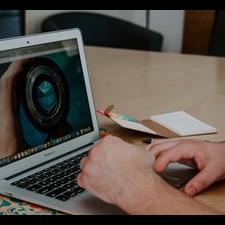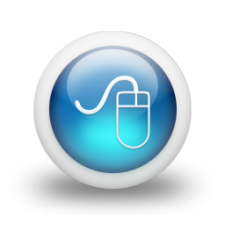Assignment Types
Research Poster Presentation
Most conferences include poster presentations in their program as it is a means of publicising research in a more informal, less threatening setting than a large presentation. This can also be a great networking opportunity.
Poster content
A poster of your research will have similar content and structure to a research report and is likely to contain the following sections/headings: Title, Introduction, Methods, Results, Discussion, Conclusion and References. Posters do not usually contain an abstract, as the poster itself is an abstract of your work. The same rules for writing a good paper apply to writing a good poster. The introduction should catch the attention of the audience and logically lead into the body. Make sure all the information on the poster is relevant. The conclusion should tie in with the introduction and end with a clear message.
Poster design
Microsoft PowerPoint is commonly used to create posters with a key advantage being that most computers have PowerPoint installed as standard which allows you to share your work easily. PowerPoint allows you to integrate a range of media and produce diagrams and flowcharts easily. Posters are usually printed in size A0 or A1.
Poster presentation
At a poster presentation, you will normally be asked to stand beside your poster, say a few words, and answer questions. This allows people to discuss the content in a more informal, less threatening setting than during an oral presentation, which might have quite a large audience. It is also possible to have more detailed one-to-one discussions with the people who are interested in your poster.




